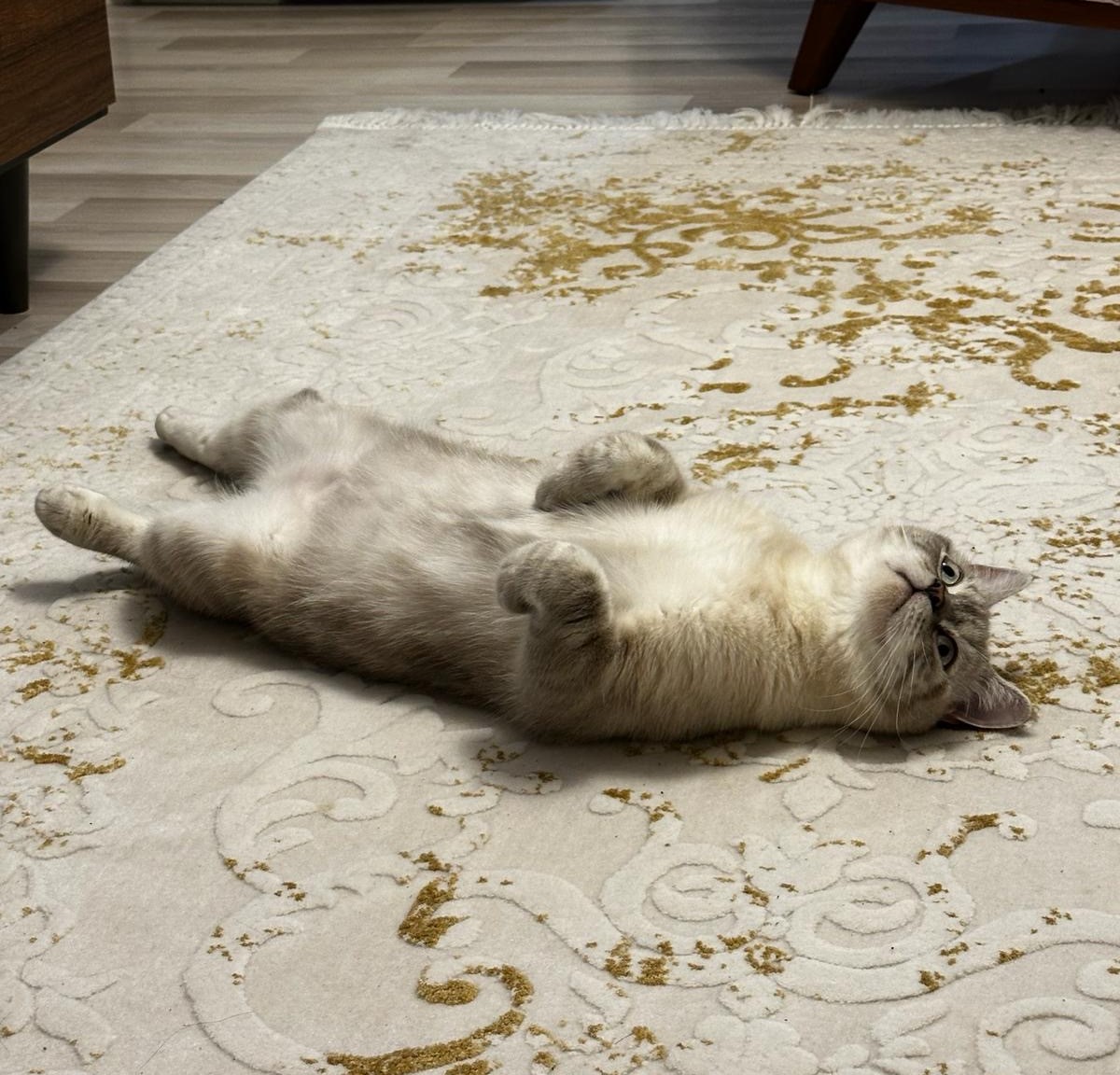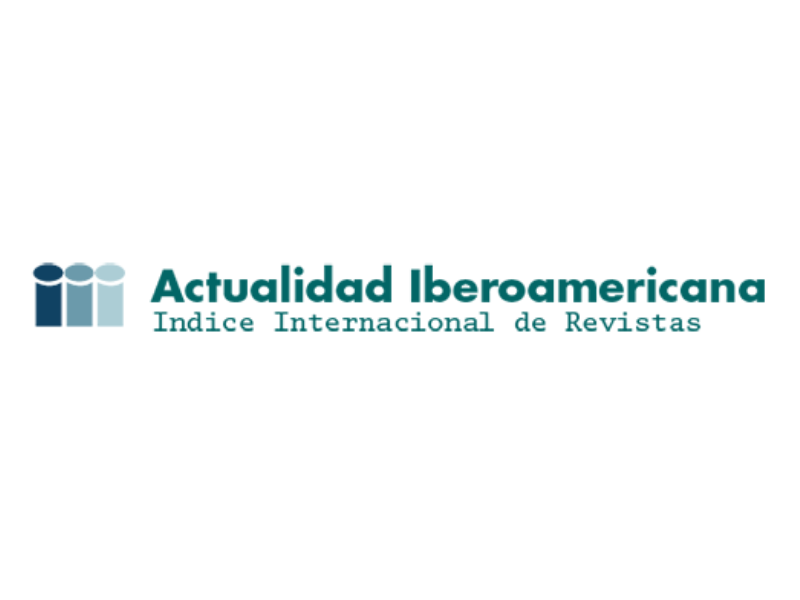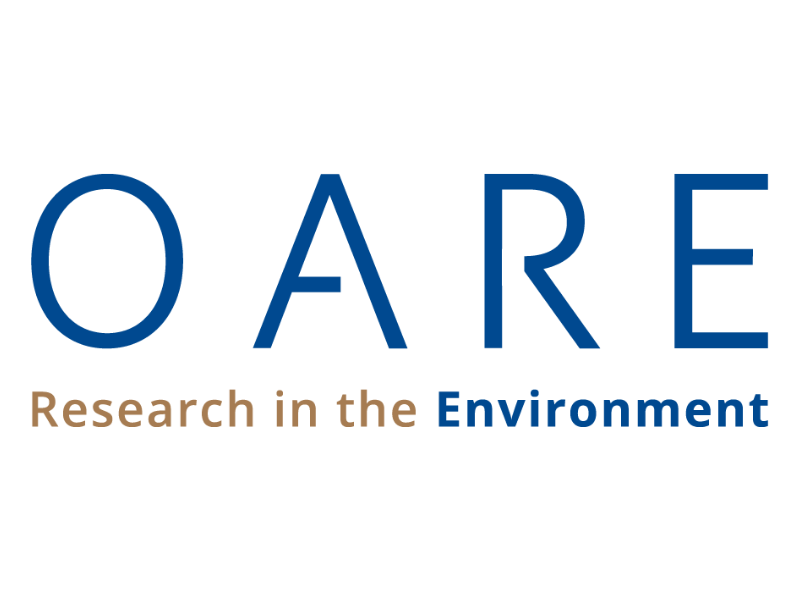Qué tan competentes son los dueños de gatos en el cuidado de sus gatos?
How competent are cat owners in caring for their cats?

Esta obra está bajo una licencia internacional Creative Commons Atribución-NoComercial-CompartirIgual 4.0.
Mostrar biografía de los autores
Objetivo. Este estudio se realizó para determinar las percepciones de los dueños de gatos en Türkiye con respecto a las condiciones de bienestar de sus gatos y sus actitudes y niveles de conocimiento durante el cuidado de sus gatos. Materiales y métodos. El material de investigación consta de datos obtenidos de cuestionarios realizados con 494 propietarios de gatos. Resultados. Entre los dueños de gatos, el 98,6 % mantuvo la comida para gatos en cajas cerradas y el 93,5 % tomó precauciones para evitar que sus gatos accedieran a los productos químicos domésticos. En este estudio, según las respuestas dadas por los participantes a las preguntas del cuestionario, se encontraron diferencias estadísticamente significativas entre las opciones en cuanto a sus respuestas a todas las demás preguntas, a excepción de las respuestas dadas por los dueños de gatos a las preguntas sobre si utilizan mosquiteros para sus gatos en las ventanas y/o balcones de sus casas y la frecuencia de cambio de la arena higiénica de sus gatos (p<0,01). Conclusiones. Se determinó que la mayoría de los dueños de gatos en general eran correctos y adecuados en cuanto a sus actitudes y niveles de conocimiento durante el cuidado de sus gatos. Sin embargo, se ha determinado que los dueños de gatos no tienen suficiente y correcta información y preferencias sobre el uso de mosquiteros para sus gatos con fines de protección en las ventanas y balcones de sus casas, dándoles a sus gatos alimentos adicionales como chorizo, salchichón, chorizo.
Visitas del artículo 216 | Visitas PDF
Descargas
- Ainsworth MS. Attachments beyond infancy. Am Psychol. 1989; 44(4):709–716 http://dx.doi.org/10.1037//0003-066x.44.4.709
- Dreschel NA, Granger DA. Physiological and behavioral reactivity to stress in thunderstorm-phobic dogs and their caregivers. Appl. Anim. Behav Sci. 2005; 95(3-4):153–168. http://dx.doi.org/10.1016/j.applanim.2005.04.009
- Sanchez MM, McCormack KM, Howell BR. Social buffering of stress responses in nonhuman primates: Maternal regulation of the development of emotional regulatory brain circuits. Soc Neurosci. 2015; 10(5):512–526. http://dx.doi.org/10.1080/17470919.2015.1087426
- Odendaal JSJ. Science-based assessment of animal welfare: Companion animals. Rev Sci Tech. 2005; 24(2):493-502. http://dx.doi.org/10.20506/rst.24.2.1586
- Stammbach KB, Turner DC. Understanding the human-cat relationship: Human social support or attachment. Anthrozoos. 1999; 12(3):162–168. http://dx.doi.org/10.2752/089279399787000237
- Hafen M, Rush BR, Reisbig AM, McDaniel KZ. The role of family therapists in veterinary medicine: Opportunities for clinical services, education, and research. J Marital Fam Ther. 2007; 33(2):165–176. http://dx.doi.org/10.1111/j.1752-0606.2007.00014.x
- Windle G. What is resilience? A review and concept analysis. Rev Clin Gerontol. 2011; 21(2):152–169. http://dx.doi.org/10.1017/S0959259810000420
- Crowell-Davis SL. Motivation for pet ownership and its relevance to behavior problems. Compendium. 2008; 135(3):423-428. http://dx.doi.org/10.1037/a0015616
- Baran MS. Kedi ve köpeklerin beslenmesi. İstanbul Üniv. Vet Fak Derg. 2007; 33(3):89-99. http://dx.doi.org/10.16988/iuvfd.18147
- Erten Ö, Esen F, Şeker İ, Yüksel BF. Kedi sahiplerinin kedilerinin beden dilini anlama seviyelerinin belirlenmesi: Elazığ İli örneği. Erciyes Üniv Vet Fak Derg. 2022; 19(1):18-23. http://dx.doi.org/10.32707/ercivet.1085226
- Colliard L, Ancel J, Benet J, Paragon B, Blanchard G. Risk factors for obesity in dogs in France. J Nutr. 2006; 136(7):1951–1955. http://dx.doi.org/10.1093/jn/136.7.1951S
- German A. The growing problem of obesity in dogs and cats. J Nutr. 2006; 136(7):1940–1946. http://dx.doi.org/10.1093/jn/136.7.1940S
- Kushner R, Blatner D, Jewell D, Rudloff K. The PPET study: people and pets exercising together. Obesity (silver spring). 2006;14(10):1762–1770. http://dx.doi.org/10.1038/oby.2006.203
- Downes M, Canty MJ, More SJ. Demography of the pet dog and cat population on the island of Ireland and human factors influencing pet ownership. Prev Vet Med. 2009; 92(1-2):140–149. http://dx.doi.org/10.1016/j.prevetmed.2009.07.005
- Craig JM. Additives in pet food: are they safe? J Small Anim Pract. 2021; 62(8):624-635. http://dx.doi.org/10.1111/jsap.13375
- Worth AJ, Ainsworth SJ, Brocklehurst PJ, Collet MG. Nitrite poisoning in cats and dogs fed a commercial pet food. New Zealand Vet J. 1997; 45(5):193-195. http://dx.doi.org/10.1080/00480169.1997.36025
- Botha CJ, Penrith ML. Potential plant poisonings in dogs and cats in southern Africa. Journal of the South African Veterinary Association. 2009; 80(2):63–74. https://doi.org/10.4102/jsava.v80i2.173
- Iwazaki E, Lee AH, Kruis AM, Phungviwatnikul T, Valentine H, Arend LS, et al. Effects of a high-protein, high-fiber diet rich in antioxidants and l-carnitine on body weight, body composition, metabolic status, and physical activity levels of cats after spay surgery. J Anim Sci. 2022; 100(4):104-110. http://dx.doi.org/10.1093/jas/skac104
- Slater MA, Di Nardo A, Pediconi O, et al. Cat and dog ownership and management patterns in central Italy. Prev Vet Med. 2008; 85(3-4): 267–294. http://dx.doi.org/10.1016/j.prevetmed.2008.02.001
- Downes MJ, Devitt C, Downes MT, More SJ. Understanding the context for pet cat and dog feeding and exercising behaviour among pet owners in Ireland: a qualitative study. Irish Vet J. 2017; 70(29):7-17. http://dx.doi.org/10.1186/s13620-017-0107-8
- McLeod LJ, Evans D, Jones B, Paterson M, Zito S. Understanding the Relationship between Intention and Cat Containment Behaviour: A Case Study of Kitten and Cat Adopters from RSPCA Queensland. Animals. 2020; 10(7):1214. https://dx.doi.org/10.3390/ani10071214
- SPSS 22.0. Statistical package in social sciences for windows. Chicago, USA, 2022. https://www.ibm.com/spss.
- Zupcic A, Surbek M, Kabalin AE, Dragovic J, Mencik S, Ostovic M. Missing cat features influencing their returning to owners. Vet Med. 2020; 65(9):394-400. http://dx.doi.org/10.17221/185/2019-VETMED
- Demir P, Uğurlu Koç A. Pet hayvan (kedi-köpek) sahiplerinin veteriner kliniklerine ilişkin beklentileri. İstanbul Üniv Vet Fak Derg. 2014; 40(2): 168-75. http://dx.doi.org/10.16988/iuvfd.82049
- Kubilay Sarıal GS, Bozkurt Z. "Animal Welfare Attitudes of Pet Owners: An Investigation in Central and Western Parts of Turkey". Kocatepe Vet J. 2020; 13(4):388-395. https://doi.org/10.30607/kvj.794748
- Gómez, L. Introducción a la Nutrición de Caninos y Felinos. Journal of Agriculture and Animal Sci. 2014; 2(2):52–67. http://repository.lasallista.edu.co:8080/ojs/index.php/jals/article/view/609
- Gazzotti, T.; Biagi, G.; Pagliuca, G.; Pinna, C.; Scardilli, M.; Grandi, M.; Zaghini, G. Occurrence of mycotoxins in extruded commercial dog food. Anim. Feed Sci. 2015; 202(1):81–89. http://dx.doi.org/10.1016/j.anifeedsci.2015.02.004
- Lund E, Armstrong P, Kırk C, Klausner J. Prevalence and risk factors for obesity in adult cats from private US veterinary practices. Int J Appl Re Vet Med. 2005; 3(2):88–96. http://www.jarvm.com/articles/Vol3Iss2/LUND.pdf
- Michel KE, Wılloughby KN, Abood SK, Fascettı AJ, Fleeman LM, Freeman LM, et al. Attitudes of pet owners toward pet foods and feeding management of cats and dogs. J Am Vet Med Ass. 2008; 233(11):1699-1703. http://dx.doi.org/10.2460/javma.233.11.1699
- Baran M. Kedi ve Köpeklerin Beslenmesi. İst Üni Vet Fak Der. 2012; 33(3): 89-99. http://dx.doi:10.16988/iuvfd.18147
- MacPhail C. Gastrointestinal obstruction. Cli Tec Sm Ani Prac.2002; 17(4): 178-183. https://doi.org/10.1053/svms.2002.36606
- Tomlinson C. Toileting troubles part 1: factors influencing house soiling in cats and dogs. Com Anim. 2016; 21(6):351-357. http://dx.doi.org/10.12968/coan.2016.21.6.351
- Sonntag Q., Overall K.L. Key determinants of dog and cat welfare: Behaviour, breeding and household lifestyle. Rev Sci Tech Int Epiz. 2014; 33(1):213–220. http://dx.doi.org/10.20506/rst.33.1.2270
- Stella J, Croney C. Buffington T. Environmental factors that affect the behavior and welfare of domestic cats (Felis silvestris catus) housed in cages. App Ani Beh Sci. 2014; 160(1):94-105. http://dx.doi.org/10.1016/j.applanim.2014.08.006
- Stella J, Croney C. Environmental aspects of domestic cat care and management: Implications for cat welfare. Sci World J. 2016; Spp Iss: 531. http://dx.doi.org/10.1155/2016/6296315
- Chu, K, Anderson, WM, Rieser, MY. Population characteristics and neuter status of cats living in households in the United States. J Am Vet Med Ass. 2009; 234(8):1023–1030. http://dx.doi.org/10.2460/javma.234.8.1023
- Salgırlı Y, Hayvan Davranışları ve Refahı. Anadolu Üniversitesi Açıköğr Fak Yay. 2015; 1329(3):94-95. http://dx.doi.org/978-975-06-1006-6
- Grigg EK, Kogan LR. Owners' Attitudes, Knowledge, and Care Practices: Exploring the Implications for Domestic Cat Behavior and Welfare in the Home. Animals. 2019; 9(11):978. http://dx.doi.org/10.3390/ani9110978
























